Species of the animal kingdom are constantly adapting to environmental changes in order to enhance their survival in the wild world. From mimicry and camouflage to long-distance migrations, animals do it all. One of the lesser-known adaptive skills that some animals have is their ability to switch their sex!
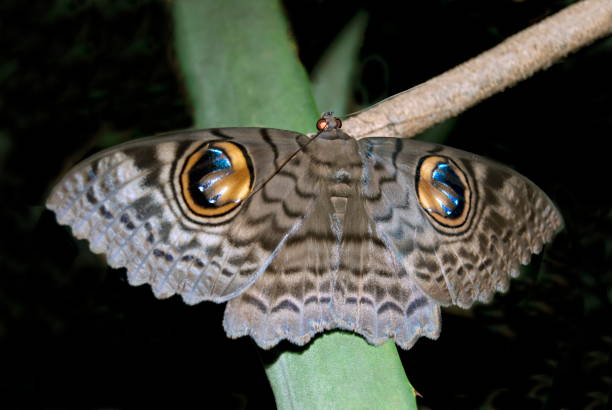
In this category of species, some animals possess both male and female reproductive organs and produce gametes of both sexes (simultaneous hermaphroditism), while others can switch their sex from female to male or vice versa at some point in their life (sequential hermaphroditism) depending on their environment. Moreover, for a few animals, genetics is not the only factor that determines the sex of their offspring-to-be!
Sex switching in the natural world is a riveting phenomenon. Here, we take a look at some fascinating species that can change their sex as a consequence of their prevailing situations.
Cool: Male, Warm: Female
The sex of most turtles, alligators and crocodiles is not determined during fertilisation, but post fertilisation! The determining factor is in fact the temperature at which the developing eggs are kept in. This is known as temperature-dependent sex determination.
Turtles are a prime example of this phenomenon. According to research, if a turtle’s egg is incubated below 27.2 degrees Celsius, the hatchling will be male. However, if the egg incubates above 31 degrees Celsius, the turtle will be born as a female. Fluctuating temperatures on the lot of eggs are likely to produce a mix of male and female hatchlings.
This brings us to a question: what is happening now, with Earth’s climate rapidly becoming warmer? It has been found that climate change does pose a threat to species with temperature-dependent sex determination. A study conducted on Green sea turtles revealed that rising temperatures have led to an increase in juvenile turtles being females. This can eventually lead to a swift decline of this species if the male population isn’t sufficient.
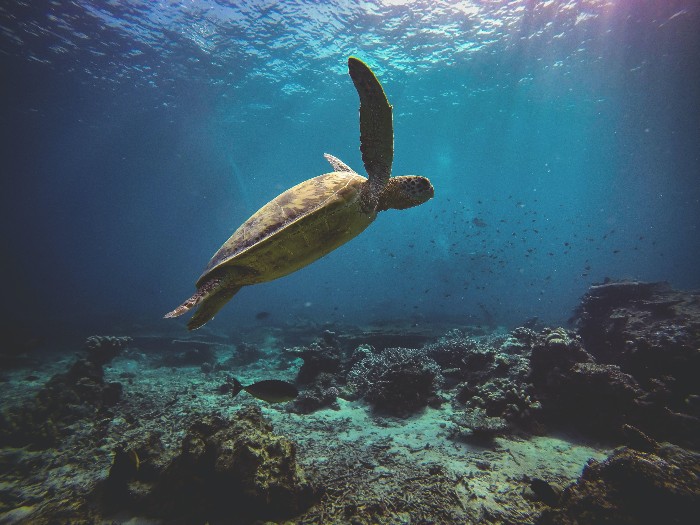
Dragons Overriding Chromosomes
Bearded dragons are reptiles native to Australia. Similar to turtles, their eggs are influenced by temperature to determine the sex of the offspring. However, Bearded dragons are an anomaly in the kingdom of sex switching as they rely both on sex chromosomes and environmental temperatures.
A scientific study found that if eggs of Bearded dragons are incubated at temperatures lower than 32 degrees Celsius, sex chromosomes determine the sex of the unborn. However, when incubation temperatures rise above 32 degrees Celsius, the sex of Bearded dragons no longer relies on chromosomes, and largely leads to the birth of females because of the higher temperature. If incubation temperatures rise more than 36 degree Celsius, all male embryos switch to become females, even if they were missing the female chromosome.
Such switched male-to-female adult Bearded dragons not only reproduce, but they can also lay nearly two times more eggs than a female born from sex chromosomes! Scientists are exploring this unique sex switching in Bearded dragons in the context of rising environmental temperatures. While an increase in the population of females may be seen as a sign of sex imbalance, it is also speculated that the higher number of individuals borne by these females can lead to the faster occupation of new territories with suitable climates.
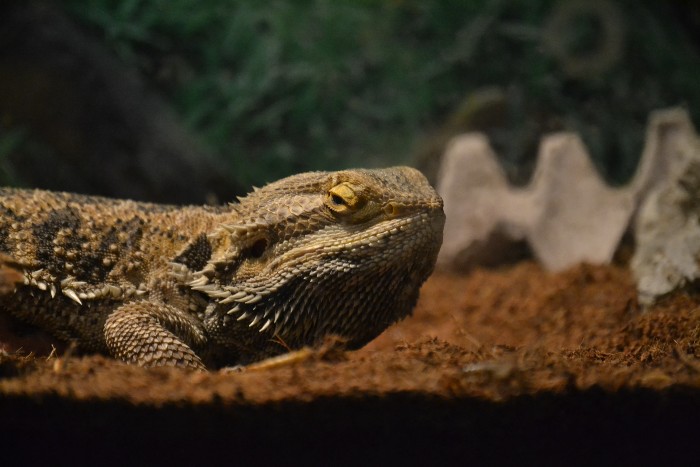
The Transgender Fish
Asian Sheepshead Wrasse, also known as the Kobudai fish, is found in the waters of Japan, Korea and China. This peculiar fish recently came into the spotlight when BBC’s nature documentary series Blue Planet II captured a female Kobudai transforming into a male!
Kobudai are sequential hermaphrodites that are protogynous by nature, which means that the females can transform into males at a specific point in their life.
Their transformation is often socially triggered. Breeding male Kobudai commands a group of female Kobudai. However, in case the male loses dominance in the harem or dies, the largest female changes her sex to male. Sex transformation is thus a survival mechanism that helps in the continuance of the species.
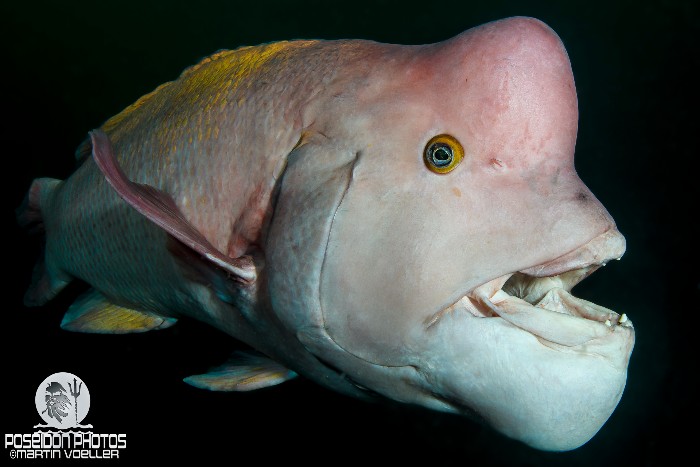
The Real Nemo Story
We all know that this fish was popularised by the Disney movie Finding Nemo, but did you know that all Clownfish are actually born as males?
These tiny fish carry both male and female reproductive organs, and are sequential hermaphrodites. Clownfish are protandrous, which means they can switch from male to female permanently if the situation demands it. Unlike the kobudai, a group of Clownfish usually consists of a dominant female, a breeding male and sexually immature males. If the female dies, the breeding male Clownfish changes its sex to become the female!
When a male Clownfish transforms into a female, it loses its testes and forms ovaries from its latent ovarian cells. The subsequent breeding male in the group establishes his dominance by suppressing the sexual maturity of the remaining males using behavioural tactics like snatching the largest bits of food.
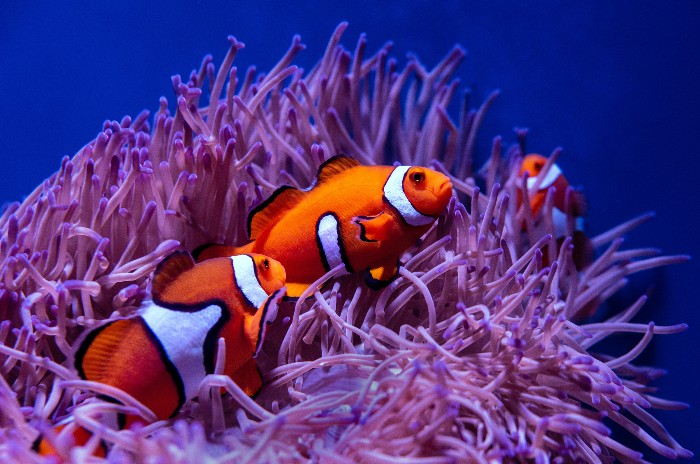
Sex-switching animals tell us that the world does not exist in a binary, even when we think it does. They remind us that adaptation is a key way forward. It is often overlooked how rising temperatures can impact the population of animal species on an immense scale, as is the case for Green turtles and Bearded dragons.
For interesting stories on nature and wildlife, subscribe to the Wildlife SOS newsletter!





